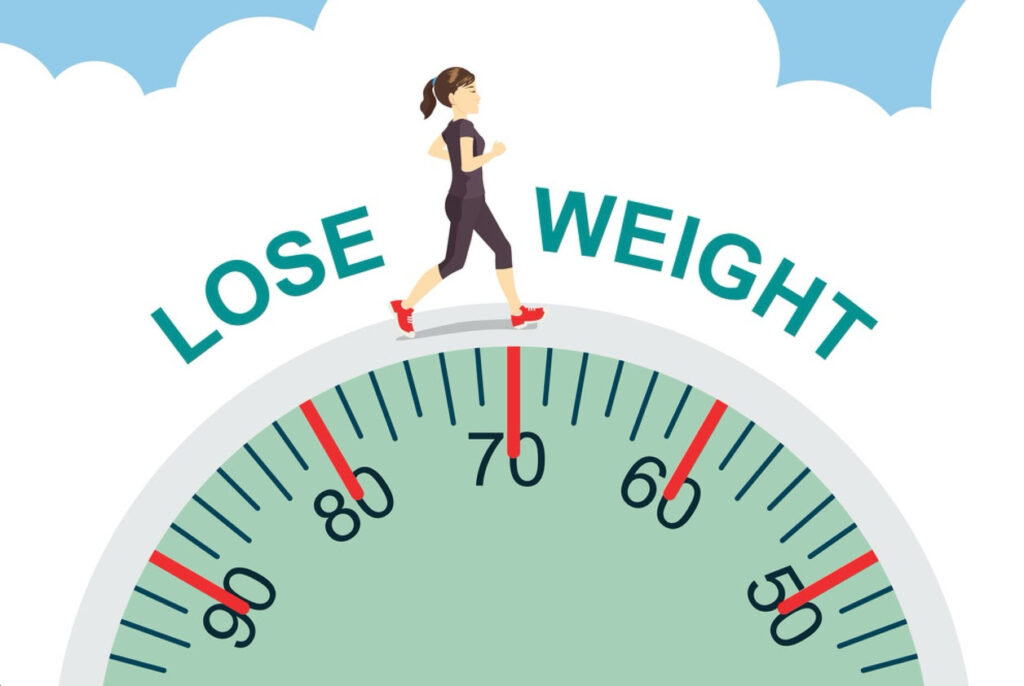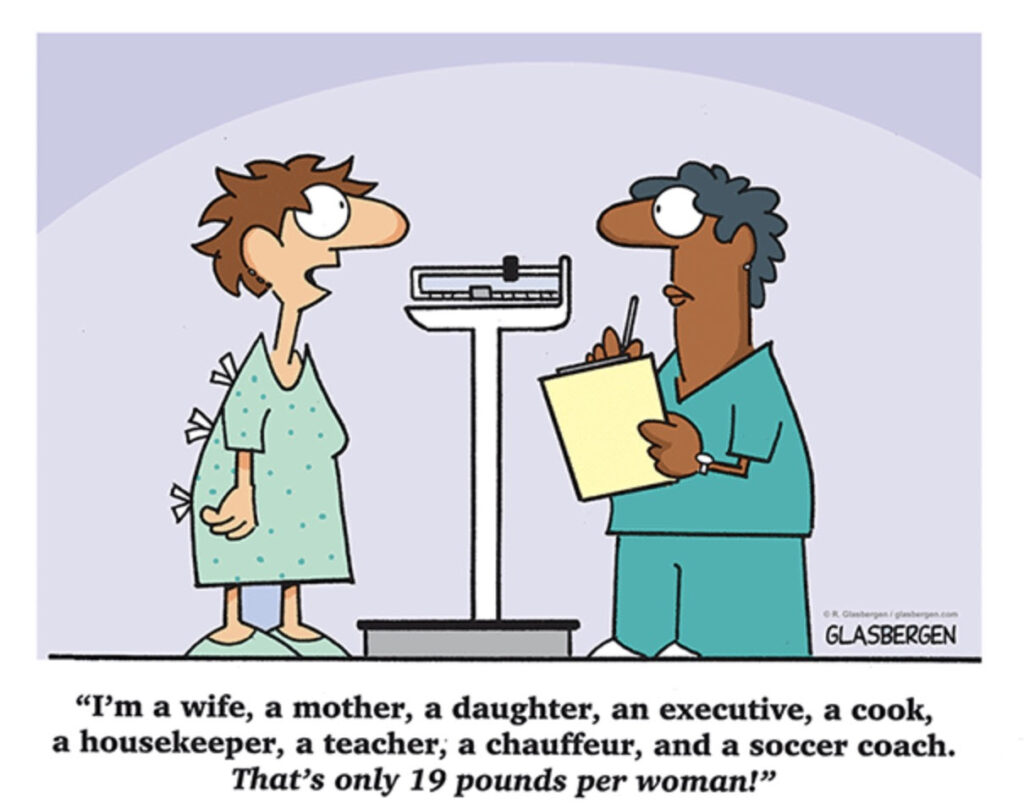While it’s common knowledge that saturated fats can raise your cholesterol, there can also be another culprit: A diet high in sugary foods. From sweetened coffee every morning to a can of soda to go along with your evening meal, the added sugars in your daily diet may take a toll on your cholesterol over time.
On average, Americans take in 22 teaspoons of added sugars a day; that can add up to 350 extra calories. Added sugars are different from the ones naturally found in things like fruits or milk. Added sugars includes sweeteners you add to your food, like white sugar, brown sugar, honey and artificial sweeteners made from high fructose corn syrup.
Added sugars contain calories but not nutrients. These additional empty calories, besides affecting your weight and raising your chances for diabetes, also impact your cholesterol levels. And sugary foods affect your liver, which makes cholesterol.
There are two types of cholesterol:
- Low-density lipoprotein cholesterol (LDL). When you have high levels of this “bad” cholesterol, the waxy, fat-like substance can build up in the walls of your arteries and can clog it. This raises your chances for a heart attack or a stroke.
- High-density lipoprotein cholesterol (HDL). This is the “good” cholesterol. It picks up all the extra LDL in your bloodstream, takes it back to the liver, which then removes it from your body. HDL also lowers your chances of heart disease.
When you eat too much sugar, your liver makes more LDL while lowering the amount of HDL in your body. The extra calories from a sugary diet also leads to more of something called triglycerides, a type of blood fat that plays a role in your cholesterol health. It forms when you eat more calories than your body needs to burn for energy. Triglycerides are stored in your fat cells and released between meals when your body needs more energy.
Sugar also blocks an enzyme that your body needs to break down triglycerides and get rid of them.
And when you have high levels of triglycerides along with high LDL and low HDL, the combination can lead to fatty build-up in the arteries and raise your chances of heart disease, heart attack, or a stroke.
A sugary diet can spell trouble, not only for your cholesterol levels, but also your overall health. Limiting added sugars will help cut down on empty calories and can also help you maintain a healthy weight, which is good for heart health.
While your body doesn’t need sugars to work well, eating small amounts won’t harm your health. Women should limit themselves to 6 teaspoons per day. Men should shoot for 9 teaspoons each day.
If you’re looking to cut down on sugar in your diet, you can:
- Limit foods with added sugars like candy, cakes, or cookies.
- Cut back on sweetened soft drinks and sodas.
- Avoid refined carbs like white bread and pasta.
- Drink fewer alcoholic beverages.
- Swap sugary breakfast cereals or bars for whole foods like fruits, oatmeal, and yogurt.
Regular exercise can also help burn any extra calories you take through a sugary diet.
If you’re looking to cut back on sugar and you’re not sure how to get started, ask Dr. Weisz for help.
Ask the Doctor
High cholesterol has no symptoms. If you’re not sure about your levels, ask Dr. Weisz to check them. She may order a simple blood test to check it. She recommends that all adults older than 20 should have their cholesterol levels checked every 4 to 6 years.
If you have high cholesterol, the doctor may ask you to change your diet and make lifestyle changes to get it under control. If that doesn’t work, she may prescribe medications to help.
======================================================================
Source: WebMD, July 14, 2023. Reviewed by Jennifer Robinson, MD
======================================================================

Does Exercise Help Women More Than Men?
Women may gain greater health benefits from regular physical activity compared with men, according to recent data gathered from more than 400,000 US adults.
Over two decades, with any type of regular physical activity, all types of risk of death was reduced by 24% in women vs only 15% in men. Risk of death specifically due to heart disease was reduced by 36% in women vs only 14% in men.
Participating in strength training exercises was associated with a reduced risk for cardiovascular death of 30% among women and 11% among men.
“Women have historically and statistically lagged behind men in engaging in meaningful exercise,” co–lead author Martha Gulati, MD, with the Smidt Heart Institute at Cedars-Sinai, Los Angeles, said in a statement. “The beauty of this study is learning that women can get more out of each minute of moderate to vigorous activity than men do. It’s an incentivizing notion that we hope women will take to heart.”
Sex-Specific Exercise Advice?
Both men and women achieved a peak survival benefit at 300 minutes of weekly moderate to vigorous aerobic physical activity. But the mortality reduction was substantially greater in women than in men for the same amount of regular exercise.
They researchers say multiple factors, including variations in anatomy and physiology, may account for the differences in outcomes between men and women. For example, compared with men, women may use more respiratory, metabolic, and strength demands to conduct the same movement and in turn, reap greater health benefits.
The study also showed only 33% of women and 43% of men regularly engaged in aerobic physical activity, whereas only 20% of women and 28% of men completed a weekly strength training session.
“We hope this study will help everyone, especially women, understand they are poised to gain tremendous benefits from exercise,” senior author Susan Cheng, MD, with the Smidt Heart Institute at Cedars-Sinai, Los Angeles, said in a statement.
The study was supported in part by grants from the National Institutes of Health.
======================================================================
Source: MD Edge, Feb. 22, 2024. A version of this article appeared on Medscape.com.
======================================================================

Lose 10 Pounds with These 7 Simple Steps
Whether you’re trying to lose weight for the first time, looking for ways to avoid overeating or just trying to dig a little deeper after coming up against a plateau, here are seven simple suggestions for dropping your next 10 pounds in a healthier way.
- Eat when you’re hungry
Listening to your hunger works much better than relying on willpower. When you’re tempted to overeat, have a conversation with yourself: Are you feeling hungry, are you bored or are you feeling emotional? Will eating right now get you closer to your goal?”
Use a“hunger scale” of 1 to 10 — with 1 being hungry and 10 being so stuffed you can’t imagine eating another bite. You never want to be at either of the far ends of the hunger scale. Always aim to be somewhere between a 4, 5 or 6.
- Be mindful of how (and when) you eat
Being mindful of what you eat makes you more conscious of your choices, eliminating the ‘oops-did-I-eat-that-whole-bowl?’ behaviors. Love to pour cereal straight from the box into the bowl? You wind up with two to three servings — and two to three times the number of calories. Instead, measure out one serving at a time. You’ll find the serving size on the nutrition label.
- Choose water over sugary drinks
It’s easy to overlook the calories that come from beverages. Think about food as fuel for your body, and then look at the places where you don’t really need extra calories. Ask yourself if you really need that glass of wine every night, or try to cut back on sodas and other sweet drinks. Reducing or eliminating sugary and high-calorie sodas, juices, sweet tea and milkshakes can make a real difference in your weight. Additionally, water is one beverage that will actually help you lose weight while keeping you hydrated. And hydration is key to weight management.
- Choose foods that make you full, not hungry
Reducing or eliminating processed foods (like cookies, baked goods, junk food) and high-fat foods (like cheese, anything fried) will move you closer to your goal weight. Processed and fast foods contain enhanced ingredients that hit the dopamine center in your brain and make you want more. They are designed to be addictive to the brain.
Shift your focus instead to nutrient-dense foods that are rich in protein and fiber. Both will keep your digestive tract active while providing additional energy and boosting your mood. And Dr. Albers points out that once you return to whole foods, not only will they taste better, but your body also processes them more efficiently and naturally.
- Burn more calories through exercise
When it comes to exercise guidelines for weight loss, the idea is that you want to try and burn off more calories than you consume on a regular basis. If you’re not exercising and want to lose 30-plus pounds, increasing your activity will help. Working up to 30 minutes of moderate-intensity cardiovascular exercise at least five days a week is generally a good starting place because it’s good for your heart. But it won’t always produce weight loss. Sometimes, you need to exercise more.
If your current routine focuses on cardio, incorporating a strength routine can help you lose body fat. Weight training builds muscle, which increases your metabolism and burns fat more efficiently. Another benefit of resistance training is that it can burn calories up to 24 to 36 hours after the workout.
- Put your stress to bed
Getting enough sleep is key to weight loss. That’s because fatigue increases your appetite as hunger hormone levels rise. No one can make mindful food choices when they’re tired. Even missing an hour of sleep can increase your appetite because your body is craving that energy and food is fuel for your body. You need a clear, focused head to make healthier food choices. Your stress level is also important. Dr. Albers notes that 75% of eating is triggered by emotions rather than by hunger. Many people have lost weight simply by reducing their stress levels and finding ways to soothe themselves without food.
- Consult an expert when you hit a plateau
When you get on the treadmill every day and your body becomes more efficient, the exercise becomes easier to do and you need to take it up a notch. This efficiency argument applies to your diet as well. That’s when a registered dietitian, physician or exercise physiologist can help you figure out next steps, how to scale up the difficulty of your exercises and ways you can continue to push yourself beyond where you are right now. We all hit a plateau when we need to do something more aggressive beyond just cutting more calories.A professional may have some other ideas and can help you level up along the way.”
How long does it take to lose 10 pounds?
On average, it’s safe to lose 1 to 2 pounds a week with the help of a healthy diet and consistent, physical activity. Losing 10 pounds in one week can actually be harmful in the long run. So, if you find yourself losing weight more quickly and/or during shorter periods, you should make an appointment with a healthcare provider who can help figure out how best to meet your weight management goals. And that’s true even if you’re not losing any of your intended weight.
Make a list of the non-weight-related benefits you want that are linked to healthy habits, such as feeling more comfortable in your clothing, playing with your kids and being more active — and then, work toward those goals.
======================================================================
Source: Cleveland Clinic, Health Essentials. January 17, 2024. https://health.clevelandclinic.org/weight-loss-how-to-shed-10-pounds-for-good
======================================================================

Should You Do the Same Exercise Routine Every Day?
You love your exercise routine. It’s just perfect in every way. It feels so good, in fact, that you’re tempted to do that same exact workout day after day after day. Why try to fix what isn’t broken, right?
But is repeating the same workout every day good for you? Well, it depends. There isn’t a one-size-fits-all answer to this question.
Fitness experts disagree on whether repetitive daily workouts are healthy and safe. “This is a controversial issue,” one says. “For some people, doing the same workout every day is fine. But it really depends on you, your health and your goals.”
Doing the same cardio workout every day
Doing the same type of cardio workout every day is generally OK for healthy people without underlying issues. But the intensity of the cardio affects people differently.
Vigorous cardio every day can sometimes be too much. If you have heart or joint problems, for example, doing intense daily cardio workouts may not be safe or good for your body.
Doing the same cardio workout five to seven days a week may be fine if you:
- Don’t have injuries.
- Choose an intensity appropriate to your fitness level.
- Get enough nutrition to fuel your workouts.
Get some movement every day that’s appropriate to your health and fitness level. But that activity doesn’t have to be intense. Gardening, walking to the store, taking the stairs and many other daily tasks count as movement, too.
Doing the same strength workout every day
Hitting the weights in the exact same way every day isn’t considered ideal for most people.
When you lift heavy weights, your muscles actually tear a little. Taking a day off between workouts gives those taxed muscles time to recover and allows your body to flush out products like lactic acid that build up while lifting.
Resting between strength workouts also prevents oxidative stress (an imbalance between antioxidants and free radicals in your body).
For example, it’s fine to do a leg workout on Monday, your arms on Tuesday and your back on Wednesday. A rotation like this works well because even though you’re lifting every day, you’re giving each muscle group time to rest.
But these guidelines don’t necessarily apply to everyone. A study on strength training frequency found that some people may not need a full rest day placed between workout days to recover. For some, 24 hours between workouts may be enough — meaning you could potentially do the same weight training on consecutive days.
What are the benefits of changing your workout routine?
Having a steady workout routine that fits your health and life is great. But changing things up can give you some significant benefits. Adding variation to your workout can:
- Challenge your body: New exercises help your body adapt and improve.
- Prevent boredom: Doing the same activity repeatedly can become a drag and eventually lower your motivation to exercise. Switching things up can keep workouts interesting.
- Work different muscle groups: Why let the same muscles have all of the fun? Different activities — even if it’s just trying a new cardio machine — can target and strengthen different areas of your body.
What are the benefits of taking breaks from your workout?
Even if you’re healthy and fit enough to work out every day, there are notable benefits to taking days off. Breaks from exercising:
- Give your muscles time to heal: Muscle fibers tear and break down during heavy exercise.
- Building recovery time into your workout schedule allows muscles to repair and get stronger.
- Prevent injury from overtraining: Pushing too hard over too many days can lead to injuries that sideline you and keep you from working out. (And who wants that, right?)
- Replenish ATP (adenosine triphosphate): ATP fuels your muscles so they can contract and work hard as you exercise. Rest allows your body to build up your ATP levels.
But recovery days don’t mean sitting on the couch. You can and should be active. Beskur suggests gentle movement like stretching on rest days.
And the best part about taking a rest break? Coming back to that regular workout will just reinforce how much you love doing it.
======================================================================
Source: Cleveland Clinic, Health Essentials. April 8, 2024.
https://health.clevelandclinic.org/is-it-bad-to-do-the-same-workout-routine-every-day
======================================================================
A Dose of Healthy Humor



======================================================================
An Easy Hot & Heart-Healthy Dip

MEDITERRANEAN SPICED ARTICHOKE BAKE

A trio of savory Super Spices enlivens this lower fat version of the traditional warm artichoke dip.
Ingredients:
- 1 teaspoon Garlic Powder
- 1 teaspoon Oregano Leaves
- 1/2 teaspoon Whole Rosemary Leaves, finely crushed
- 1/2 teaspoon Whole Thyme Leaves, crushed
- 1 package (8 ounces) frozen artichoke hearts, thawed, coarsely chopped
- 3 ounces Neufchâtel cheese, softened substitution Substitutions available
- 1/3 cup reduced fat mayonnaise
- 1/3 cup grated Parmesan cheese
- 2 tablespoons sliced green onion
- 2 tablespoons chopped tomato
Preparation:
- Step 1
Preheat oven to 350°F. Mix garlic powder, oregano, rosemary and thyme in small bowl. Set aside. - Step 2
Place artichoke hearts in food processor; cover. Process until finely chopped. Add cream cheese, mayonnaise, Parmesan cheese and herb mixture; cover. Process until well mixed. Spread mixture evenly in 9-inch pie plate. - Step 3
Bake 15 minutes or until mixture is heated through and edges are golden brown. Sprinkle with green onion and tomato. Serve with pita wedges or assorted crackers, as desired.
NUTRITIONAL INFORMATION (per serving): About 95 calories, 7 g fat, 4 g protein, 223 mg sodium, 4 g carb, 2 g fiber
======================================================================
Source: https://www.mccormick.com/recipes/appetizer/mediterranean-spiced-artichoke-bake
======================================================================
